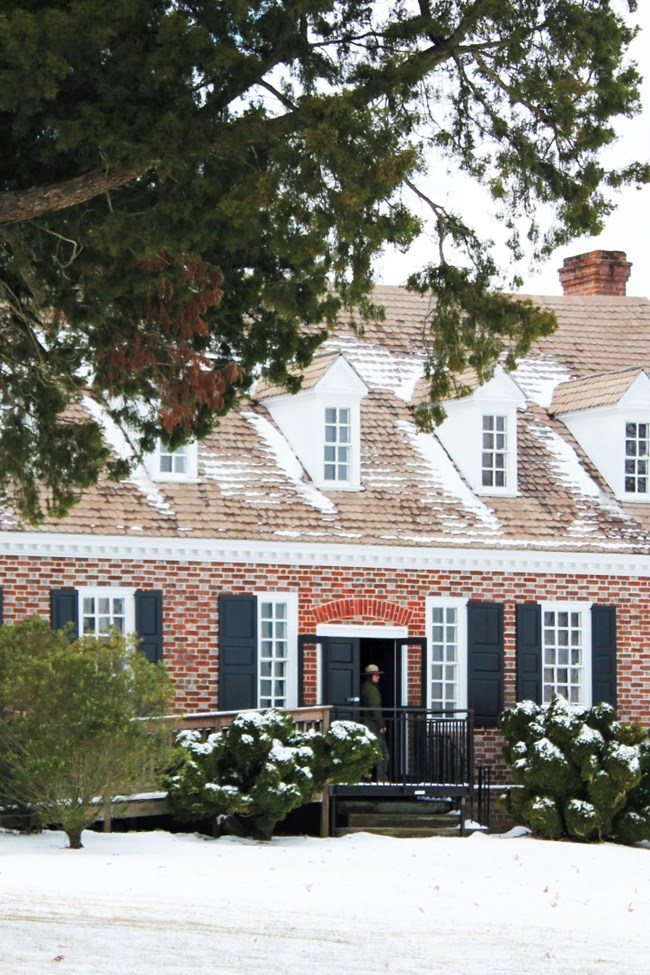Latest Update
Water Quality Status Reports
NPS Photo
About the Park
George Washington Birthplace National Monument was established on January 23, 1930, on George Washington’s 200th birthday. The park, in the heart of Virginia’s Northern Neck, represents one of the earliest national and federal commemorations of our nation’s first president. Although the house Washington was born in was said to have been destroyed by fire in the 1770s, Washington’s story is told through the rural character of the park and surrounding lands, and the tidewater culture that shaped his life.
George Washington Birthplace consists of 550 acres of park land, bound by the Potomac River, Bridges Creek, and Popes Creek. Nestled among these waterways, its landscape is susceptible to erosion. This natural process shapes and reduces land area, and increases the amount of sediment entering the river and creeks. Thus, impacting water quality. To reduce erosion along the riverbanks, the park plants native plant species with robust root systems.
Our Work with George Washington Birthplace
George Washington Birthplace is a park with cultural and natural significance that preserves Washington’s home and legacy. To ensure the park’s natural resources continue to be protected, the Northeast Coastal and Barrier Network, along with George Washington Birthplace staff, collects ecological monitoring data for several ecosystem vital signs. Learn about our work below.
Monitored here:
Coastal Shoreline
Estuarine Water Quality
Forest Health
Weather & Climate
Publications
Source: NPS DataStore Saved Search 5649. To search for additional information, visit the NPS DataStore.
Last updated: October 3, 2024
